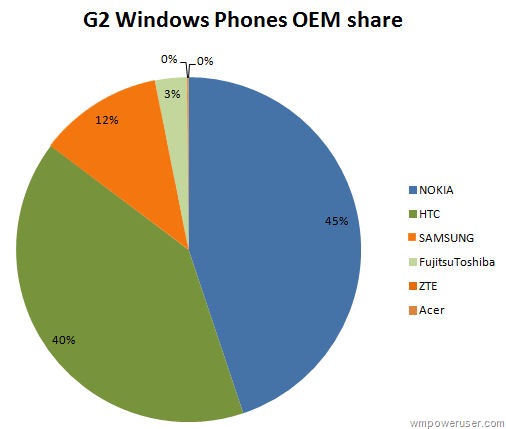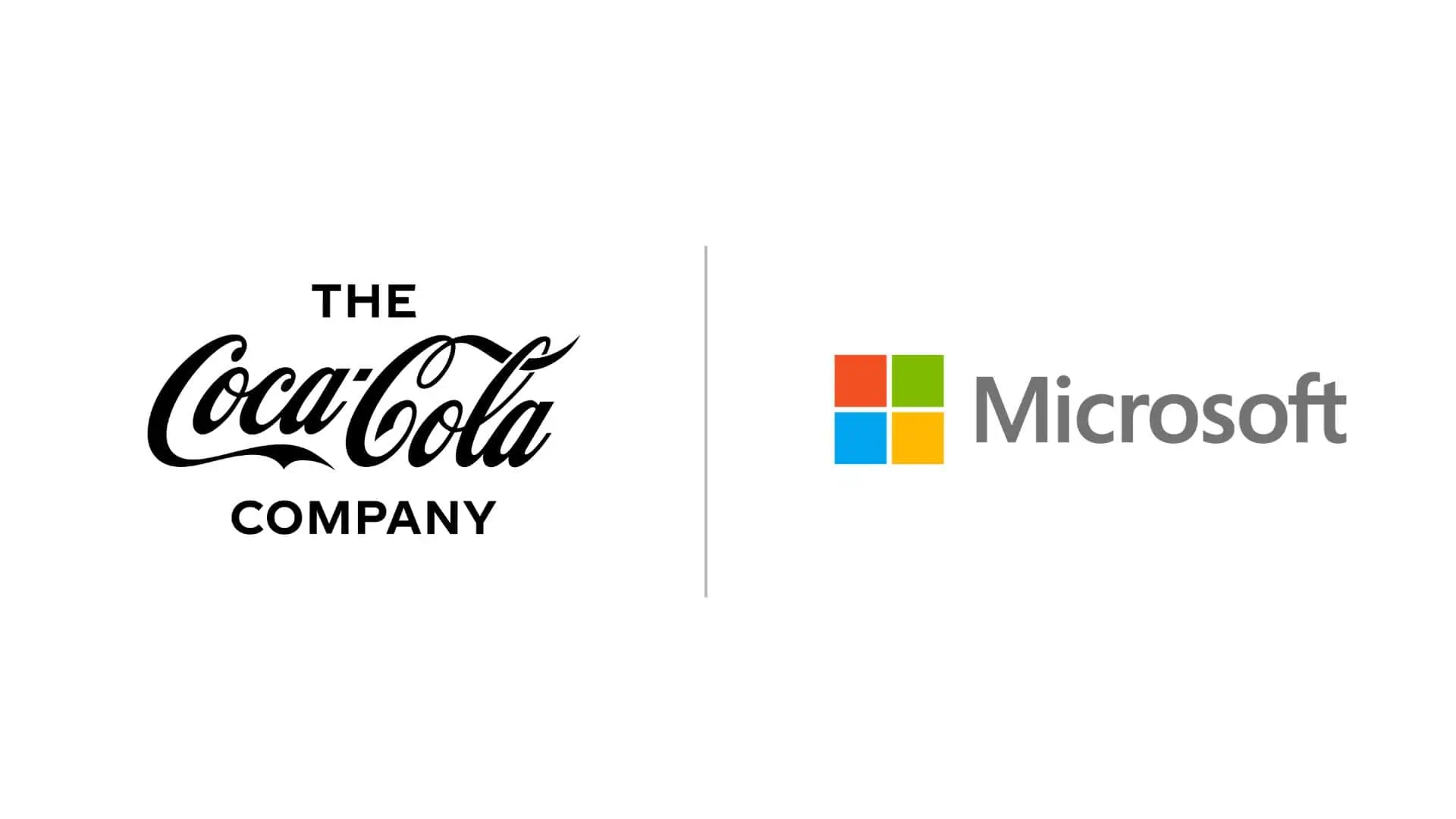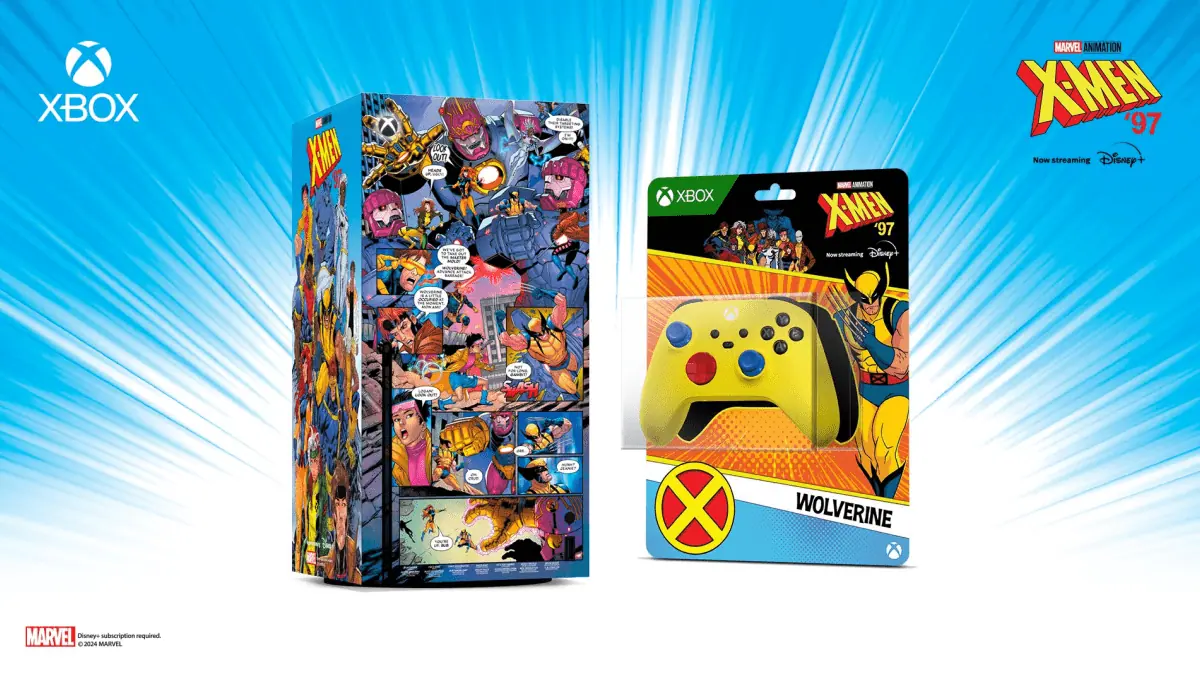Nokia already nearly 50% of Second Generation Windows Phone market share
2 min. read
Published on
Read our disclosure page to find out how can you help MSPoweruser sustain the editorial team Read more


Even at this early stage the company already has 45% of the second generation handset market, with most of that being the Nokia Lumia 800 and some the more recently introduced Nokia Lumia 710.
The next biggest OEM is HTC, with 40% of the market. This is still large, but down from 55% for the overall market. The midrange handset, the HTC Radar, is however doing particularly well for the company, and has seen wide distribution in Europe and also on T-Mobile USA.
Brining up the rear is Samsung, who’s G2 market share is also dramatically down, from 28% overall to only 12% in the second generation devices. According to Occasional Gamer’s data Samsung’s numbers are dominated by the Samsung Omnia W/Focus Flash, which is not doing as well as the HTC Radar. Samsung lacks a real high-end device for the non-US market which may have hurt sales overall.
The last few percentages are taken up by the Fijutsu IS12T at 3%, which is a decent showing and more than the Samsung Focus S for example, and a smattering of new devices such as the ZTE Tania and Acer Allegro, which are still to chart in significant numbers.
It is of note that LG had a significant piece of the pie overall before, with 12% of the market, but is still to release a second generation handset.
Overall however I think the biggest news is how rapidly Nokia has been able to dominate the Windows Phone 7 market, and I suspect if market acceptance for Windows Phone 7 increases it may be because it becomes strongly associated with Nokia, which may mean this percentage could easily increase to 60-70% or more, and which could see other OEMs exit due to this.
How would our readers feel about a Windows Phone 7 market dominated by Nokia devices? Let us know below.








